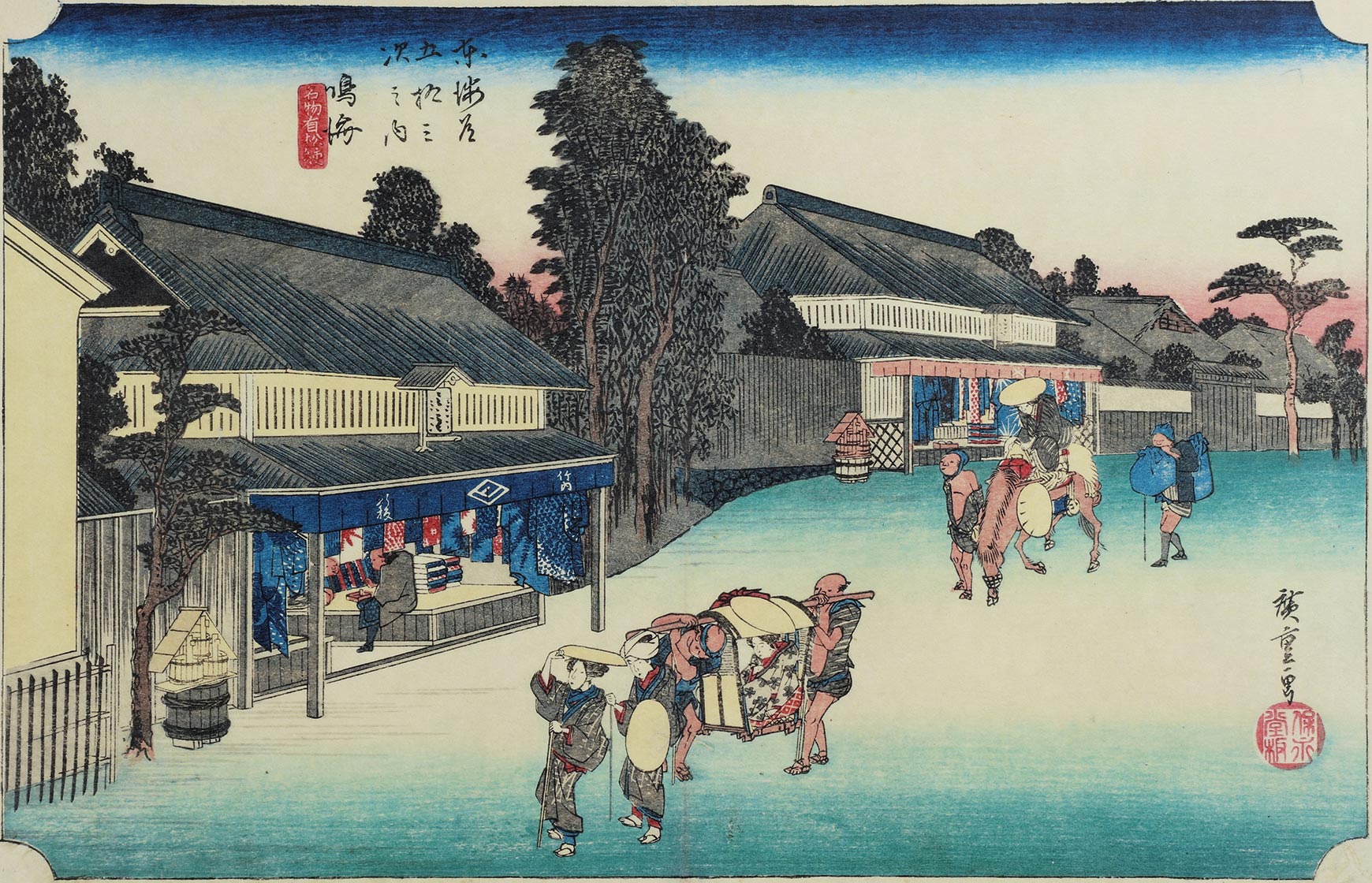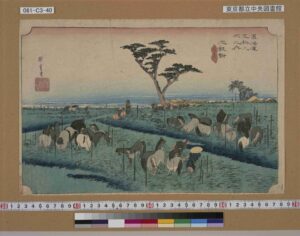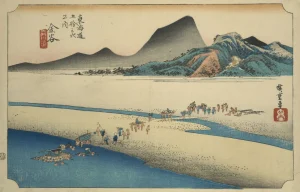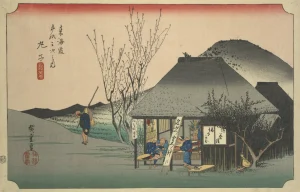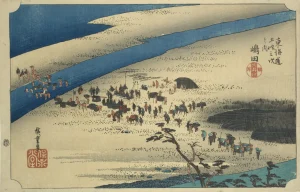This article was created using a translator. There may be expressions that are difficult to understand. If you have any questions, please check by yourself.
Please consult us about anything related to Fujieda City.
CONTACTHello~ This time, we’re visiting Narumi-juku on the Tokaido Road in Midori Ward, Nagoya City.
It was the 40th post station along the Tokaido’s Fifty-Three Stations, where travelers heading from Edo to Kyoto would rest, thinking, “Ah, Miyasuku is just around the corner~.”
When you actually walk around, you’ll see that Narumi is a bit of a mysterious and pleasant area—it feels like “right next to the city, yet the air of history suddenly drifts by.” It’s not too quiet, nor is it completely swallowed up by modern buildings; the lingering traces of the old post town remain subtly present. It’s a town with that perfect balance.
This article gives a broad overview of Narumi-juku’s history and highlights, while casually pointing out spots worth seeing during your visit. Finally, we’ll also cover the neighboring Arimatsu district—an area designated as an Important Preservation District for Groups of Traditional Buildings. Enjoy exploring both Narumi and Arimatsu along the Tokaido Road as a set.
What’s Narumi-juku like?
Narumi-juku served as the gateway to Owari Province during the Edo period, a place steeped in history with numerous ancient shrines, temples, and castle ruins nearby. Along the Tōkaidō highway, inns and teahouses lined the streets, bustling with travelers resting, transferring luggage, and the constant flow of people passing through.
Post towns have a unique “atmosphere,” not just in their individual buildings. Narumi-juku is no exception. With its slopes and slightly narrow streets, just walking through it gives you that feeling of imagining, “So this is what traveling back then must have been like?”
Well, I didn’t really feel much when I first started visiting Tōkaidō post towns either💦
But I’ve gradually gotten to enjoy the atmosphere of these post towns more and more lol
A little bit about history
The name Narumi-juku appears in Heian period texts.
It was formally established as a post station in the early Edo period. The Owari Tokugawa clan treated it as a crucial point along the highway, leading to the town’s gradual growth.
This area saw significant activity during the Warring States period too. In fact, there was a castle here called Narumi Castle. It was also deeply connected to the Battle of Okehazama, making it a spot that gets history buffs saying “Oh!”
For travelers heading to Edo, Narumi-juku offered the comforting proximity of “just a little further to the next post station, Miyasuku.” This sense of distance is said to have contributed to its moderate prosperity as a post station. In modern terms, it might be akin to a “quiet town just before a highway service area.”
Places to Visit in Narumi-juku
Former Site of Seikai Shrine
The current Narumi Shrine is located a short distance away, but this original shrine site was its ancient location.
↓Current Narumi Shrine
Just knowing “it was here” makes you feel the layers of history. It’s not large, but it’s a quiet spot along the road where you suddenly feel like stopping.

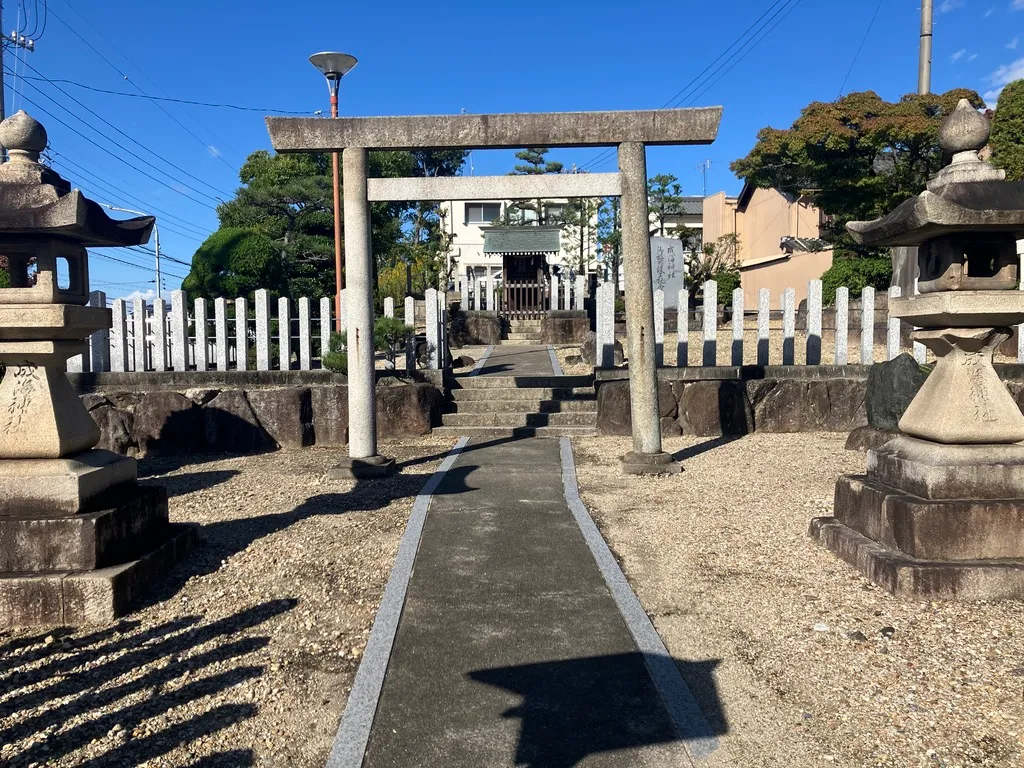

Restoration of the Minami-no-Sato High-Poster Field
This spot features a restored high-post notice board, reminiscent of Edo-period bulletin boards, instantly bringing the atmosphere of a post town to life.
Thinking about how laws and prohibitions were posted here back then gives you a slight sense of time travel.
You’ll spot these high-post notice boards here and there as you walk through the post towns along the Tōkaidō.
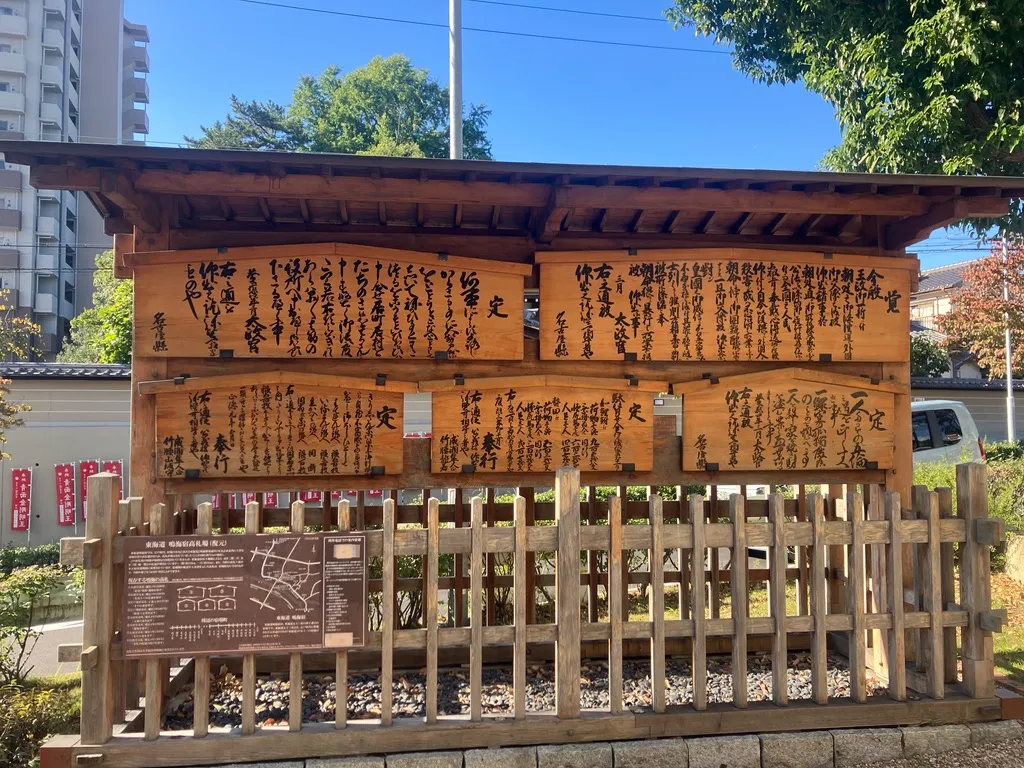
Narumi Castle Ruins
The ruins of Narumi Castle, which existed during the Warring States period. Known as a castle attacked by Oda Nobunaga, it is now maintained as a park.
When visiting castle ruins, one tends to focus on whether stone walls remain, but here, the terrain itself tells the story. It’s so peaceful and tranquil that it’s hard to believe a castle ever stood here.


The lighting in that photo above is pretty nice. It looks like aliens might land any minute lol
Site of the Former Inn at Narumi
The site of the honjin, the central facility of the post town. While the building itself no longer stands, an information board indicates its former location.
It’s a place you’ll want to check out during your stroll through Narumi-juku, as it really brings home how vital this spot was for travelers. …But it feels rather lonely now.
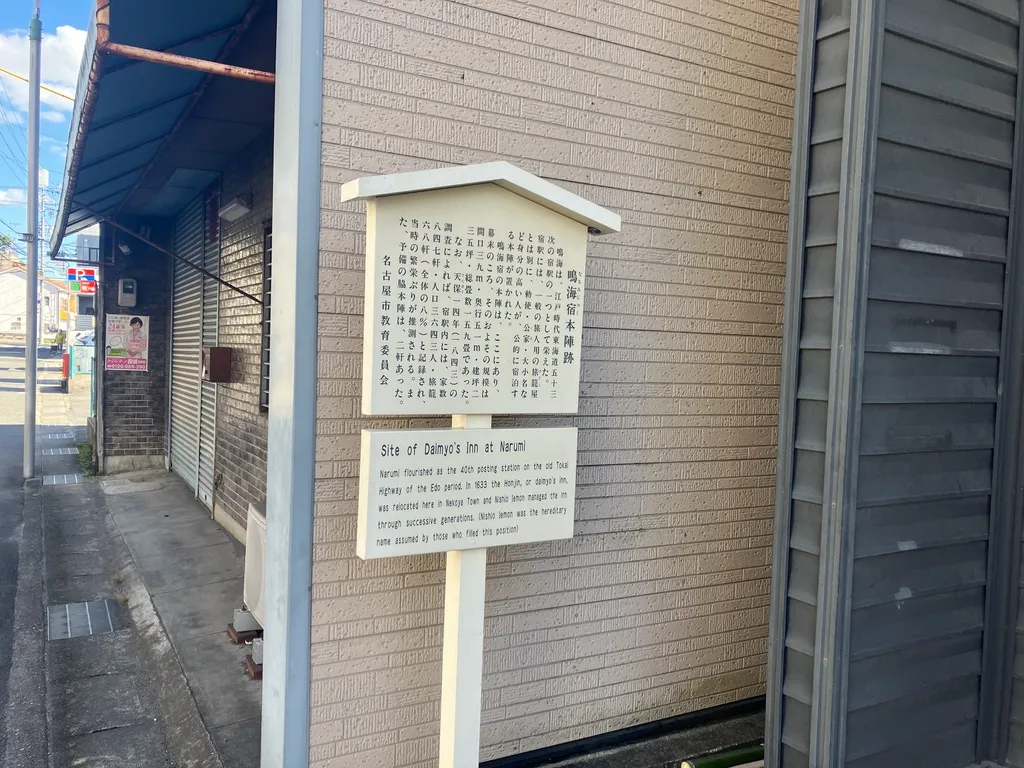
Arimatsu Important Traditional Buildings Preservation District
Walking straight along the Tōkaidō from Narumi-juku, you enter an area where the atmosphere changes dramatically. That place is “Arimatsu.”
This town is like Narumi’s partner, having flourished rapidly during the Edo period thanks to its shibori dyeing industry.
Today, the Arimatsu district is designated as a National Important Preservation District for Groups of Traditional Buildings.
Just gazing at the lined-up buildings, you’ll feel, “Wow… this is just like Edo…” The preservation of the townscape is that remarkable. The color of the walls, the angle of the roofs, the low eaves. Everything meticulously retains the “atmosphere of that era.” Man, I love this feeling~


Another key point is that it doesn’t feel overly touristy. As you walk around, you can still sense the everyday life of the locals, and that balance is just perfect.
Arimatsu-Narumi Shibori Hall
When you think of Arimatsu, you think of “Arimatsu shibori.” …Sorry, I didn’t know that.
This facility lets you experience its culture and techniques firsthand. You can see exhibits on the history of shibori, try the process yourself, and watch artisans’ skills up close.
Looks like they hold workshops twice a day. As usual, I’m pressed for time, so I just took a quick look around the shop.
Arimatsu Shibori is a series of astonishing handcrafted techniques that make you wonder, “How do they get fabric to look like this!?” Buying small items as souvenirs is also a lot of fun.

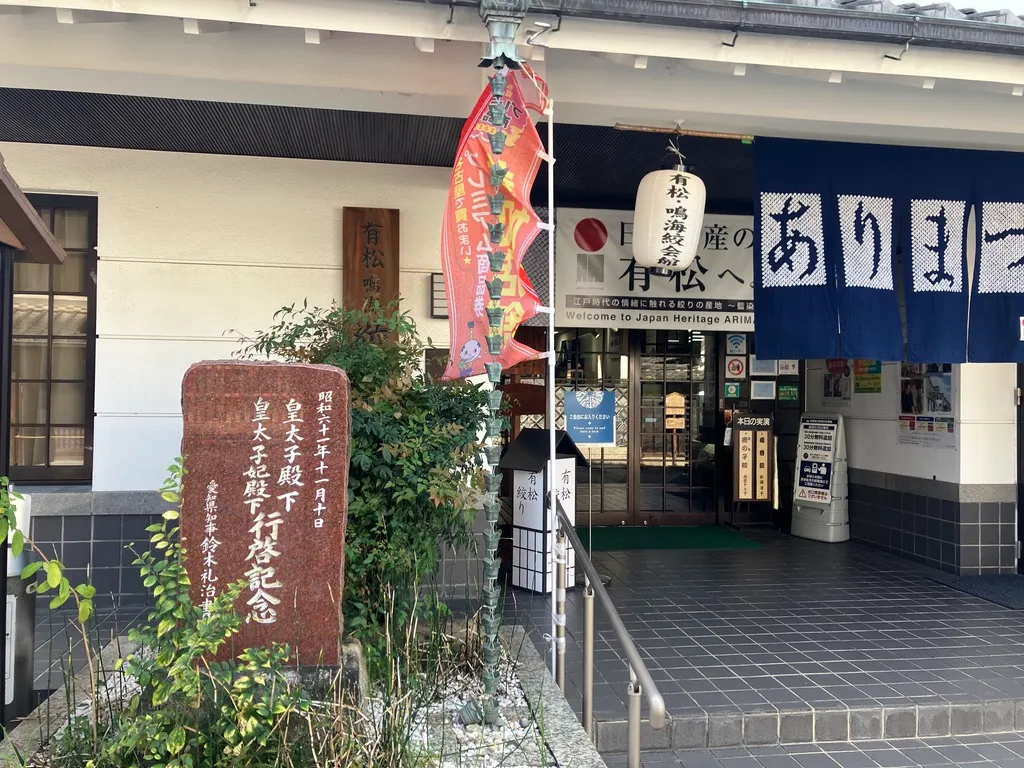


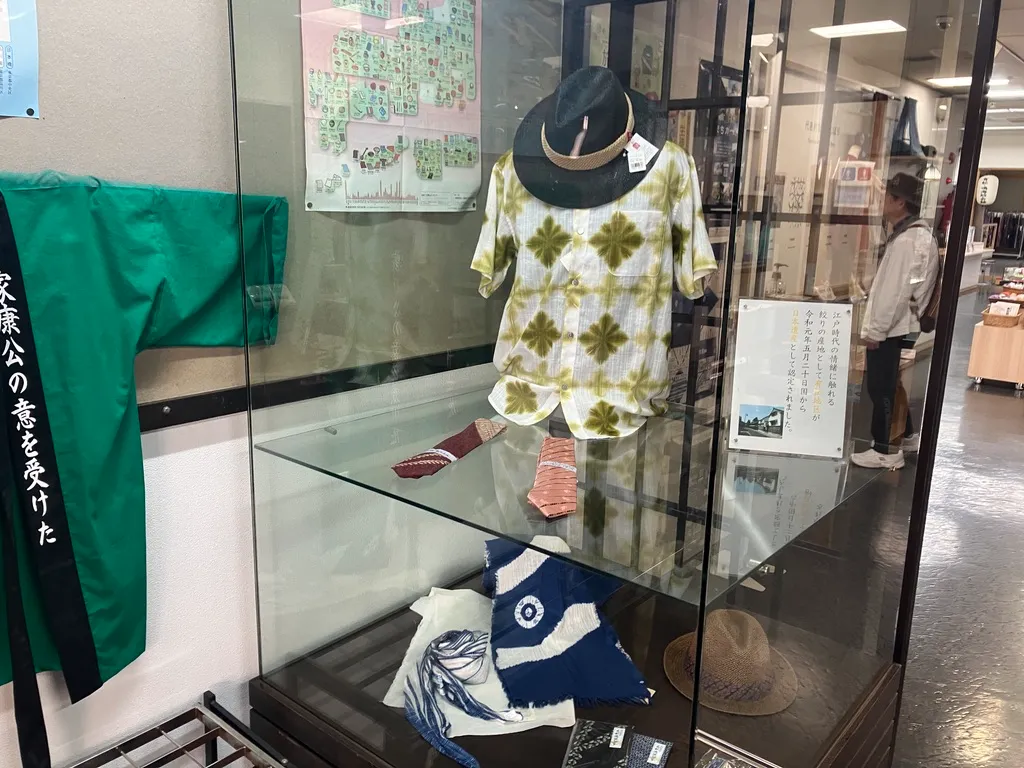
Well-Grid House (Hattori Family Residence)
This townhouse, built in the late Edo period, is now designated a National Important Cultural Property.
It epitomizes the traditional streetscape of Arimatsu, featuring beautiful black charred cedar exterior walls and exquisite detailing.
Even just viewed from the outside, its appearance embodies the essence of Arimatsu. For anyone who loves historic buildings, this is an absolute must-see spot.


Narumi and Arimatsu ― Two Times Connected by the Same Path
Narumi-juku has a history of welcoming travelers as a post town, while Arimatsu is a town that cultivated its own industrial culture despite being along the highway.
I thought Narumi-juku might have a bit more of the Tokaido’s footprints left, but it feels like only faint traces remain.
On the other hand, I had zero expectations for Arimatsu, but visiting was a surprise. It’s absolutely fantastic! Well, Narumi is great too, I suppose.
Visiting both “Narumi” and “Arimatsu” together really deepens your appreciation for the Tokaido’s charm.


